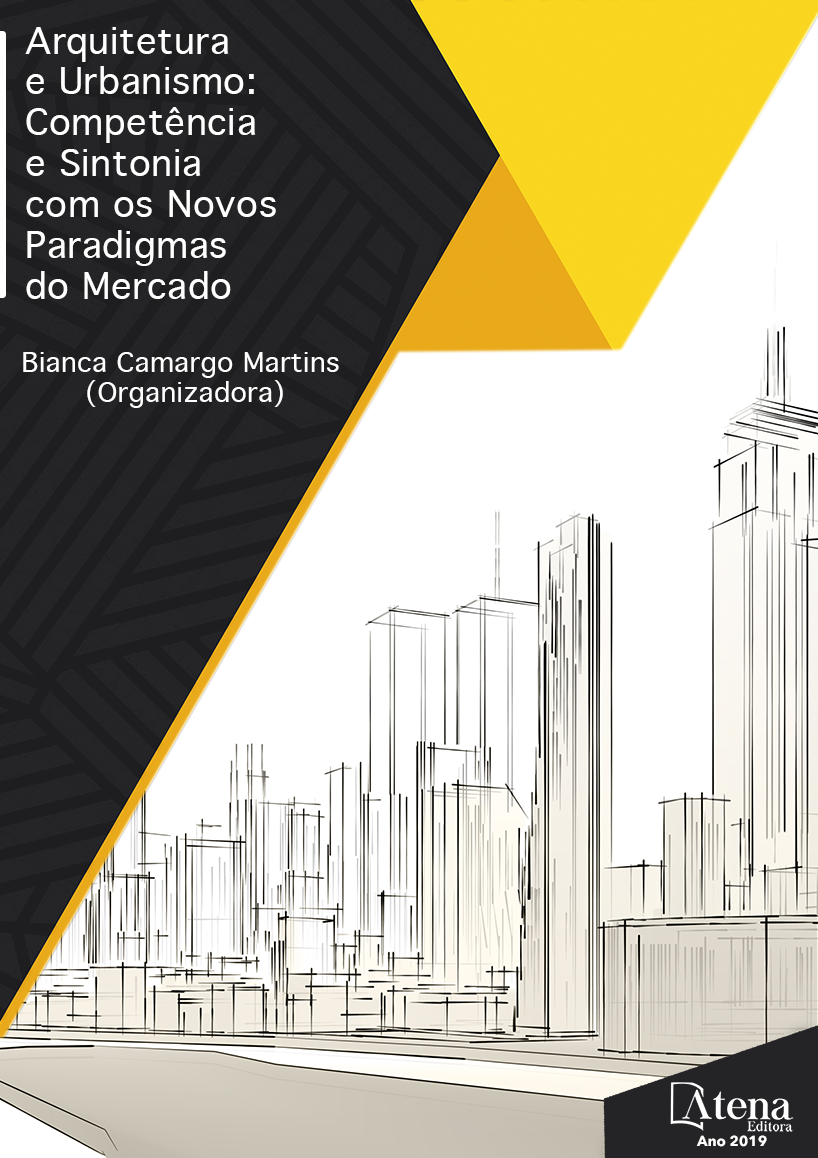
BUENOS AIRES E A HABITAÇÃO OBREIRA PERONISTA: BARRIO 17 DE OCTUBRE
Durante o século XIX a Argentina
passa por um crescimento demográfico
exponencial que não é acompanhado pelo
número de habitações. Será no século XX que
a política habitacional direcionada à população
de baixa renda atingirá seu auge com a chegada
de Juan Domingo de Perón ao poder, no ano de
1946. Com a necessidade de obter fidelidade dos
setores populares, Perón irá fazer considerável
reforma urbana, fornecendo moradias, seja via
crédito bancário, seja entregando as chaves
de casas ou apartamentos recém construídos.
Buenos Aires se tornou verdadeiro canteiro de
obras, onde diversas propostas, dos setores
mais variados, deixaram o papel da teoria e
passaram à prática. Serão construídos bairros
inteiros de casas e de blocos modernistas,
estes últimos carregando forte inspiração
nas soluções habitacionais europeias
contemporâneas. O presente trabalho busca
estudar alguns destes blocos modernistas que
proporcionaram apreciável transformação no
cenário sócio-cultural buenairense. Operários
agora deixavam suas favelas improvisadas para
ocuparem apartamentos com água encanada
quente, um luxo para época. Através do Barrio
17 de Octubre (1948-1950) em Buenos Aires,
tentaremos compreender os efeitos desta
transformação na paisagem cultural da capital
da Argentina e também expor como uma
necessidade política de Perón resultou em
modificações substanciais na vida de milhares
de trabalhadores que viviam antes em condições
insalubres em suas moradias improvisadas. A
metodologia é basicamente bibliográfica e
documental, sempre considerando que, através
da presente investigação, são abordadas áreas
distintas do conhecimento, tais como arquitetura,
cidade e história em suas interconexões.
BUENOS AIRES E A HABITAÇÃO OBREIRA PERONISTA: BARRIO 17 DE OCTUBRE
-
DOI: 10.22533/at.ed.85619180710
-
Palavras-chave: Paisagem urbana; Política habitacional; Buenos Aires.
-
Keywords: Urban landscape; Housing policy; Buenos Aires
-
Abstract:
During the nineteenth century Argentina suffers an exponential
demographic growth that creates a dwelling problem. It will be in the twentieth century
that a housing policy directed to the low income population will reach its peak with
the rise of Juan Domingo de Perón, in the year of 1946. With the necessity to obtain
fidelity from the popular levels of society, Perón will make considerable urban changes,
providing dwellings by bank credit, or by giving the keys of recently built dwellings.
Buenos Aires was turned into a huge building site, where many proposals, from different
sectors, left the theory field to become real. Entire neighborhoods of houses and modern
blocks – these with huge influence of the contemporary European dwelling solutions -
were build. The objective of this article is to study some of those modern blocks which
are responsible for great changes on the sociocultural scenario of Argentina’s capital
city. Many workers moved from shantytowns to new apartments with hot piped water,
a luxury at the time. Through the neighborhood 17 de Octubre (1948-1950) in Buenos
Aires, we will try to understand the effects of these change on the cultural landscape
and also expose how Peron´s political need resulted into substantial changes on the
life of thousands of workers that lived in unhealthy conditions. The methodology is
basically bibliographic and documental, always considering that, through the present
investigation, distinct areas of the knowledge are addressed, such as architecture, city
and history on its interconnections.
-
Número de páginas: 15
- André Luis Rodrigues Bering
- Nara Helena Naumann Machado
- Raquel Rodrigues Lima
- André Bering


